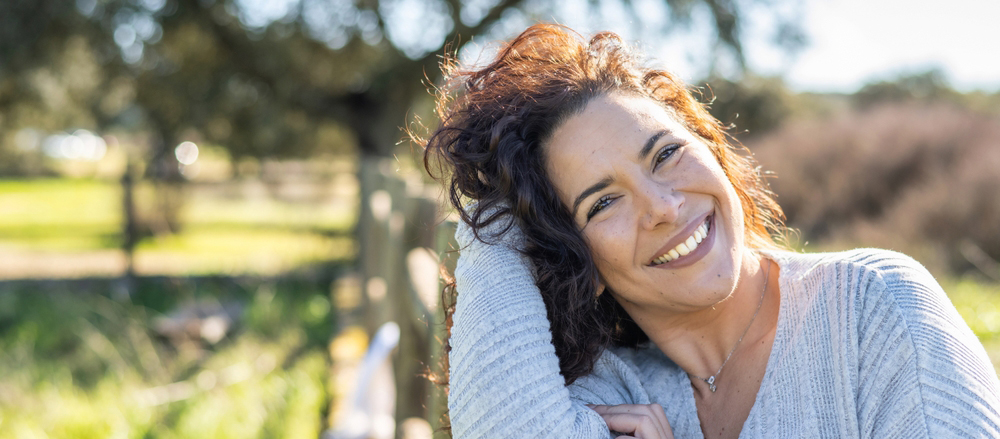Building on our earlier exploration of fibroblasts and collagen production, this article delves into lifestyle factors—namely diet and exercise—that can help support fibroblast activity and boost collagen synthesis. Fibroblasts are the workhorses of connective tissue, responsible for producing collagen, which in turn maintains skin strength, elasticity, and overall structural integrity. As we age, fibroblast function naturally declines, contributing to the visible signs of aging. However, emerging evidence suggests that certain dietary choices and regular physical activity can help support these cells and promote healthier collagen production.
A nutrient-rich diet plays a crucial role in maintaining optimal fibroblast function. Vitamin C is perhaps the most well-known nutrient for collagen production, serving as a vital cofactor in the hydroxylation process that stabilizes the collagen triple helix. Citrus fruits, berries, and leafy greens are excellent sources of vitamin C. In addition, proteins provide the essential amino acids, such as proline and glycine, needed to synthesize collagen. Incorporating lean proteins, legumes, and dairy products can support the building blocks required for effective collagen formation. Omega-3 fatty acids, found in fatty fish, flaxseeds, and walnuts, may also reduce inflammation and create a more favorable environment for fibroblast activity. Antioxidants like vitamin E and polyphenols, present in nuts, seeds, and green tea, protect fibroblasts from oxidative stress, which can impair their function over time.
Regular exercise is another key component in maintaining fibroblast health and promoting collagen production. Physical activity increases blood circulation, which improves the delivery of oxygen and nutrients to the skin and other tissues. Enhanced circulation not only supports the metabolic needs of fibroblasts but also aids in the removal of waste products that can accumulate and damage cells. Resistance training and aerobic exercises have both been shown to positively affect skin health by stimulating the body's natural repair mechanisms. Additionally, moderate exercise can reduce chronic inflammation—a factor that can negatively impact fibroblast function and accelerate the breakdown of collagen.
Beyond these direct nutritional and exercise benefits, a healthy lifestyle can also indirectly support fibroblast activity by improving overall hormonal balance and reducing stress. Chronic stress and elevated cortisol levels can inhibit collagen synthesis, so incorporating stress-reducing activities like yoga, meditation, or even regular walks in nature can further enhance the skin’s regenerative capacity.
It is important to note that while diet and exercise are supportive, they are part of a holistic approach to skin health. For individuals looking to optimize collagen production and fibroblast function, these lifestyle modifications should be combined with proper skin care, adequate hydration, and protection from harmful UV radiation. Each of these factors works synergistically to create an environment where fibroblasts can perform optimally.
In summary, a balanced diet rich in essential nutrients—especially vitamin C, quality proteins, omega-3 fatty acids, and antioxidants—combined with regular exercise, can help sustain fibroblast activity and collagen production. This, in turn, may contribute to improved skin firmness, elasticity, and overall appearance, offering a natural complement to the advanced aesthetic treatments discussed in our earlier article.
